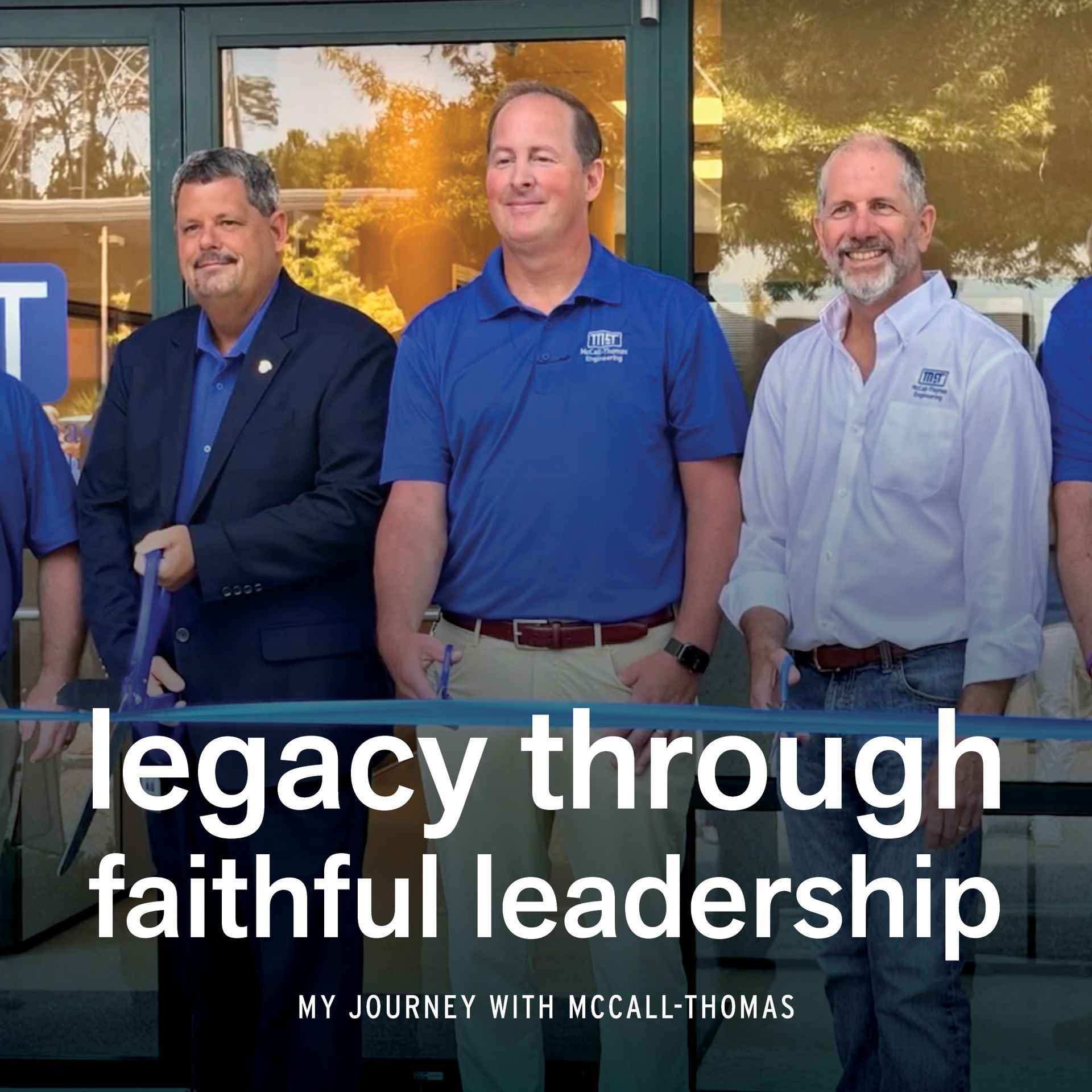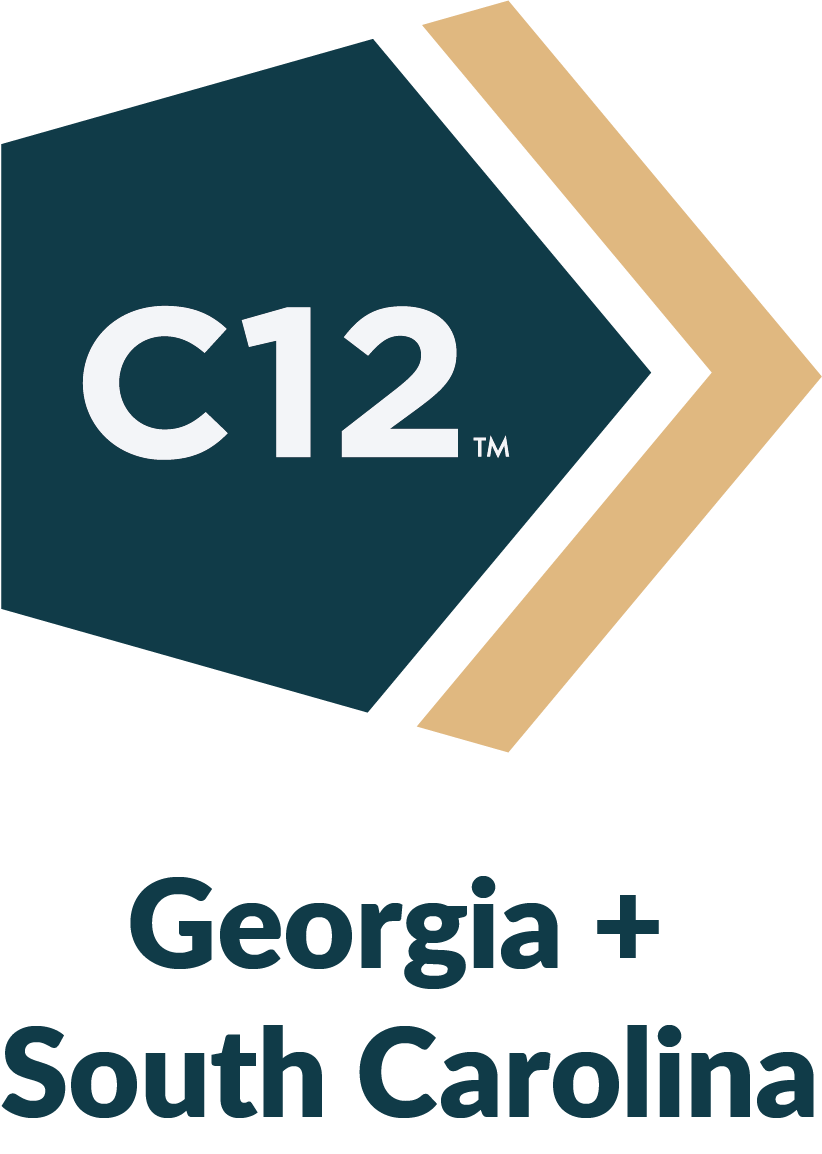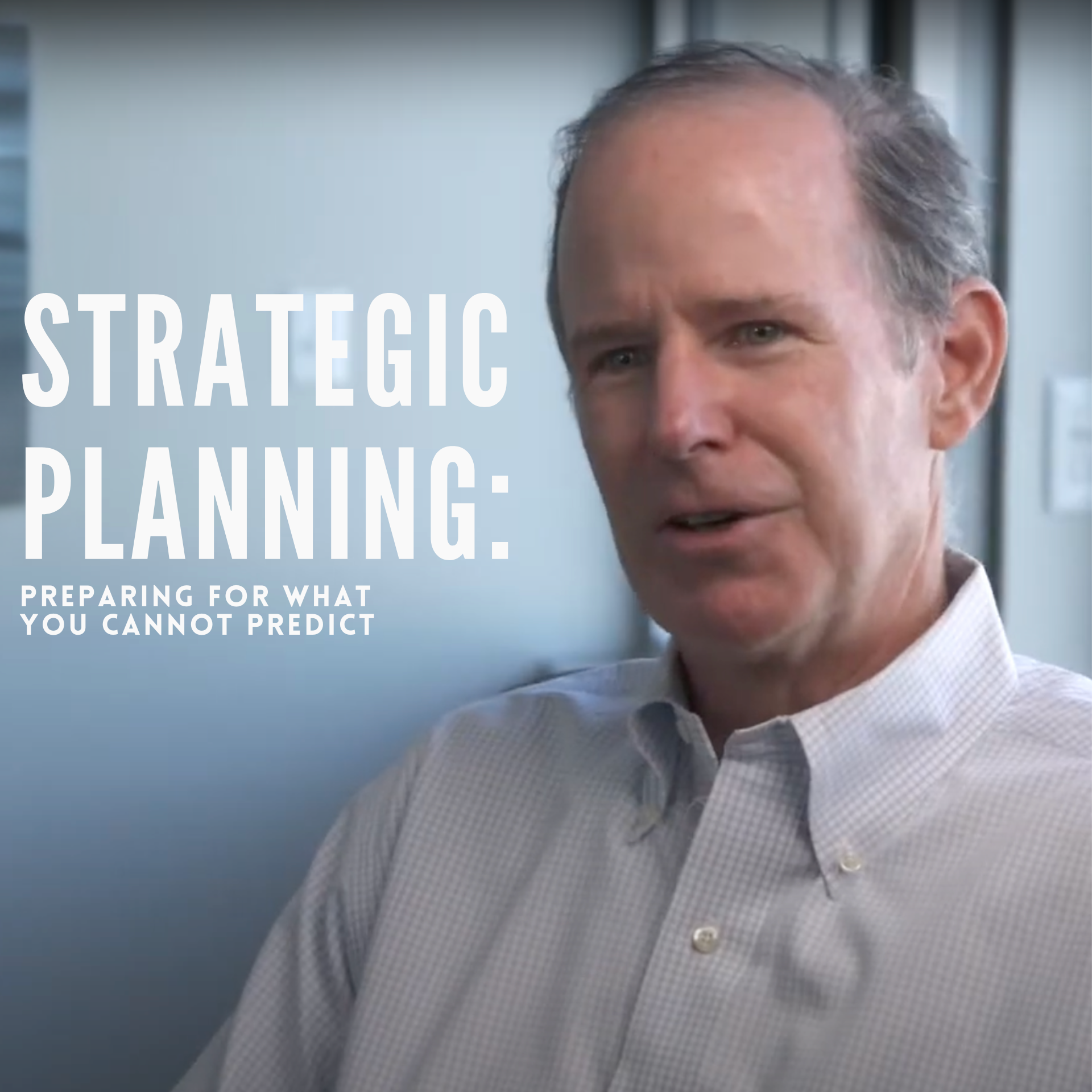Predictive Hiring That Actually Works
A System for Building High-Trust, High-Performance Teams
Great teams do not appear by accident. They are built by leaders who treat hiring as a repeatable operating system rather than a hopeful roll of the dice. Predictive hiring offers that system. It combines role clarity, structured evaluation, disciplined decision rules, and post-hire measurement so you can select people who will flourish in your culture and advance the mission you steward.
1) The hiring problem you can measure
Most executives can recall a mis-hire that drained time, morale, and money. External studies estimate the cost of a bad hire ranges from tens of thousands of dollars to several multiples of salary, especially at senior levels.¹ Nearly three in four employers report hiring the wrong person at least once.²
For faith-driven leaders, hiring is not only a financial decision. It is stewardship. People are image-bearers with distinct gifts and purpose, so our processes should honor both performance and dignity. A structured, data-informed method helps reduce the chance while elevating clarity, fairness, and care.³
2) Start with role clarity
Predictive hiring begins before the first résumé appears. Define success for the role, the few outcomes that matter most, the competencies required to deliver them, and the relational realities of the seat. This role success profile becomes your north star for sourcing, screening, and selection.
Practical inclusions: target outcomes, key responsibilities, must-have and nice-to-have competencies, values markers, success metrics for the first 90 days, and how the role advances strategy, operations, and culture. That front-end clarity reduces bias later because interviewers are judging against clearly defined standards.
3) The Six Disciplines of Predictive Hiring
A simple, repeatable operating system helps managers act with confidence.
- Alignment | Tie the role to your strategic plan. Clarify how success in this seat will show up on the scorecard. If you cannot state what great looks like, you are not ready to hire.³
- Recruitment | Build pipelines with both farmer motions that cultivate steady sources and hunter motions that proactively engage scarce talent. Purpose-forward job posts and targeted outreach attract candidates who resonate with your mission.
- Assessment | Use structured, evidence-based methods. Combine hard-skill evaluations and real work samples with soft-skill probes for communication, adaptability, conflict management, and problem-solving. Weight each method against the role success profile.
- Screening | Apply predictive screens and documented knockout criteria to reduce noise and bias. Lightweight analytics can help prioritize candidates, but they must sit under human judgment and transparent standards.
- Offering | Before extending an offer, verify alignment on expectations, culture, pace, and the 90-day plan. Handle the offer as part of relationship-building, not just a transaction.
- Measured outcomes | Track quality of hire, time-to-fill, offer acceptance, 90-day retention, time-to-ramp, and regretted loss rate. Review monthly and refine your playbook. What you measure improves.
4) Evaluate whole people with the Five C’s
A résumé cannot tell you whether a candidate will thrive in your culture. A whole-person lens helps.
- Character as the foundation. Probe decision patterns and integrity under pressure.
- Calling as alignment between personal purpose and role contribution.
- Chemistry as relational fit with team and culture.
- Competence as the capability to deliver the outcomes you defined.
- Contribution as the value the person can create now and in the future.
Turn the Five C’s into a scorecard that every interviewer uses. After interviews, run a structured debrief where each rater defends evidence for their scores, then decide using your tie-break rules and role standards, not charisma.³
Download a 5 C’s Candidate Scorecard
5) Use AI to augment, not replace, judgment
AI already drafts job descriptions, prescreens applicants, schedules interviews, translates candidate communications, and even generates tailored interview questions. Adoption in HR continues to climb, and in some high-volume environments, candidates meet virtual recruiters before any human interaction.⁴ ⁵ Leaders should treat these tools as accelerators for the process while keeping decisions human.
Guardrails: announce AI usage in your process, log only what is necessary, test for fairness, and train interviewers to challenge algorithmic recommendations with evidence from the role success profile.⁴
6) Dashboards and cadence
Build a simple hiring dashboard that connects to your leadership rhythms. Review pipeline health, conversion by stage, offer acceptance rate, quality of hire, first-year retention, and time-to-ramp. Include one culture indicator, such as early engagement or peer-mentor participation, to see whether new hires are integrating or getting stuck.
7) Implementation roadmap
30 days
- Draft success profiles for three priority roles.
- Standardize an interview kit with
Five C’s questions and scoring.
- Train your first interviewer cohort.
60 days
- Pilot the six disciplines on two open roles.
- Add light AI for prescreening and scheduling.
- Begin monthly metrics reviews.
90 days
- Publish your Hiring OS playbook.
- Expand training to all leaders who interview.
- Compare pre- and post-adoption results and tune the system.
8) Faith, excellence, and impact
Priorities are demonstrated in what we do. When we hire with clarity and integrity, we protect people, strengthen culture, and advance the mission we carry. Business is a platform for ministry, so our hiring should reflect both excellence and care.
Endnotes
- Dice. “The Cost of Bad Hiring Decisions Runs High.”
- CareerBuilder. “3 in 4 Small Business Employers Have Hired the Wrong Person.” Also summarized by HR Dive.
- Business: Predictive Hiring — Enhancing Effectiveness in Talent Acquisition (C12 Business Forums Member Curriculum, April 2025).
- Society for Human Resource Management (SHRM). “AI Adoption in HR Is Growing” and related AI in HR trend coverage.
The Washington Post. “AI is now screening job candidates before humans ever see them.”
SHARE THE NEWS











